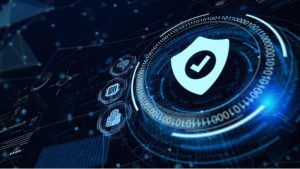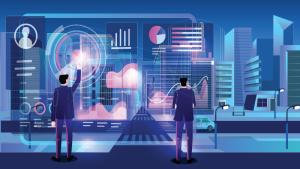The Colorado Office of Information Technology (OIT) has two different programs underway to provide better services to citizens by increasingly leveraging technology like automation, artificial intelligence, and blockchain, said a state agency official.
Connecticut Gov. Ned Lamont announced that the Connecticut Department of Motor Vehicles (DMV) has launched its new website, which will streamline the online services it offers. Gov. Lamont’s office said the new website is part of the governor’s larger effort to reduce in-person visits and wait times at DMV offices.
The nonprofit Results for America has recognized eight states – Colorado, Minnesota, Tennessee, North Carolina, Pennsylvania, Washington, Utah, and Connecticut – for their achievements in using data-driven and evidence-based policymaking to “accelerate economic mobility, advance equity, and deliver better results for their residents.”
In a bid to increase access to state services, as well as save residents time and money, Colorado Gov. Jared Polis has launched the Colorado Digital Government Strategic Plan.
Baltimore Mayor Brandon Scott announced he is allocating $3.2 million of American Rescue Plan Act (ARPA) funds from the Mayor’s Office of Recovery Programs (MORP) towards modernizing government services and improving service performance and equity.
The City of La Salle, Illinois, is undergoing a digital transformation, moving from paper to digital processes with the help of GovPilot – a New Jersey-based provider of cloud-based government management software.
The Montana Department of Commerce (DOC) is the first agency in the state to become fully digitized, achieving Gov. Greg Gianforte’s statewide digital challenge.
As state and local governments look to modernize aging IT infrastructure and offer more self-service to residents in this digital age, it’s becoming clear that successful digital transformations rely on a solid IT Service Management (ITSM) foundation – a foundation that will form the backbone for a broader use of service management best practices. The combination of a clear ITIL framework and a flexible, no code, easy-to-use ITSM platform is essential for any organization striving to meet the needs of its end-users with both limited budgets and resources.
As government agencies shift away from their remote-only work environment brought upon by the pandemic, state and local leaders discover the benefits of more flexible work schedules or locations led by service delivery.
While state and local government agencies were working to deploy digital services and improve the delivery of constituent services before the pandemic, the urgency accelerated by ten-fold over the past two years as citizens in every state and jurisdiction needed government services delivered quickly and remotely. They needed and expected a holistic, digital experience with the same easy access, responsiveness, and transparency that they have in other aspects of their lives.












